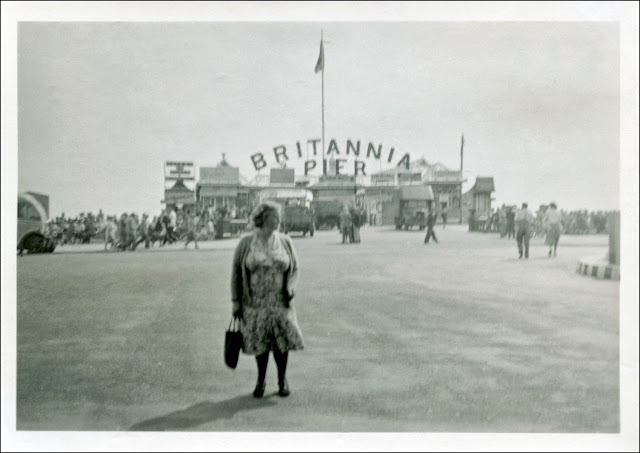THE LOST PUBS OF BRIGHOUSE
At one time or another there have been over 100 pubs, inns, beerhouses and taverns in the streets around Brighouse and Rastrick. Today, only a handful are left. Before time is called on too many more, I decided to go on a historical pub-crawl in search of the lost pubs of Brighouse.
No 2. THE RING 'O BELLS INN, COMMERCIAL STREET, BRIGHOUSE
Living in an age where insurance groups and utility companies change their names with alarming frequency, we tend to think of the practice of re-branding as a modern one. However, amongst the dusty annals of the pubs of Brighouse there are many examples of tactical rebranding, some of them reaching far back into the nineteenth century. Let us take, for example, the case of the Staff Of Life, a beerhouse on Commercial Street, Brighouse. The Staff was one of those pubs that blossomed into existence in that unregulated period between the 1830 Beerhouse Act and the return of regulation in 1869. Sometimes such places were referred to as "common beerhouses" and one suspects that the Staff was common in most senses of the word. After a visit there in 1873, a local diarist suggested that it would be better named "The Staff of Death".
It may have been from such comments as this that the idea of rebranding came about and sure enough, the following year, a new sign was erected and a new reputation was built. In May 1874, Brighouse Parish Church took delivery of a new peal of bells. Before the age of TV soaps and computer games, such events were the cause of considerable local celebration and a crowd of several hundred - proceeded by the Brighouse Subscription Brass Band - marched through the streets of the town to escort the bells on their journey from the railway sidings to Saint Martins' Church.
The procession was halted near the open ground at the end of Commercial Streets and the crowds thronged around to inspect the three an a half ton bells. One can imagine Frederick Pearson, the keeper of the Staff of Life, looking from his window at the sight of the celebrations and the spark of a brainwave developing.
And thus the Ring O' Bells was born, and so it remained for the next 90 years. It even made the most of its new theme and became the venue for competitive handbell ringing contests. In 1888, the Huddersfield Daily Chronicle reports a change ringing contest held at the pub involving teams with wonderful names such as the Almondberry Wanderers. On that occasion it was the Saddleworth Ringers who scooped the considerable first prize of £2.10s.

The pub survived the first half of the twentieth century, even though it was surrounded by a host of competing hotels, inns, taverns and beerhouses. But in the 1960s it fell victim to the scourge of "redevelopment" and was demolished in order to make way for the Wellington Arcade Shopping Centre (named after its' neighbour, the Wellington Hotel). You can now stand at the end of Commercial Street and not see a pub. The Ring 'O Bells has faded into a distant memory. But the bells are still at St Martins and the sound of them ringing the changes still drifts down the hill from Church Lane




































